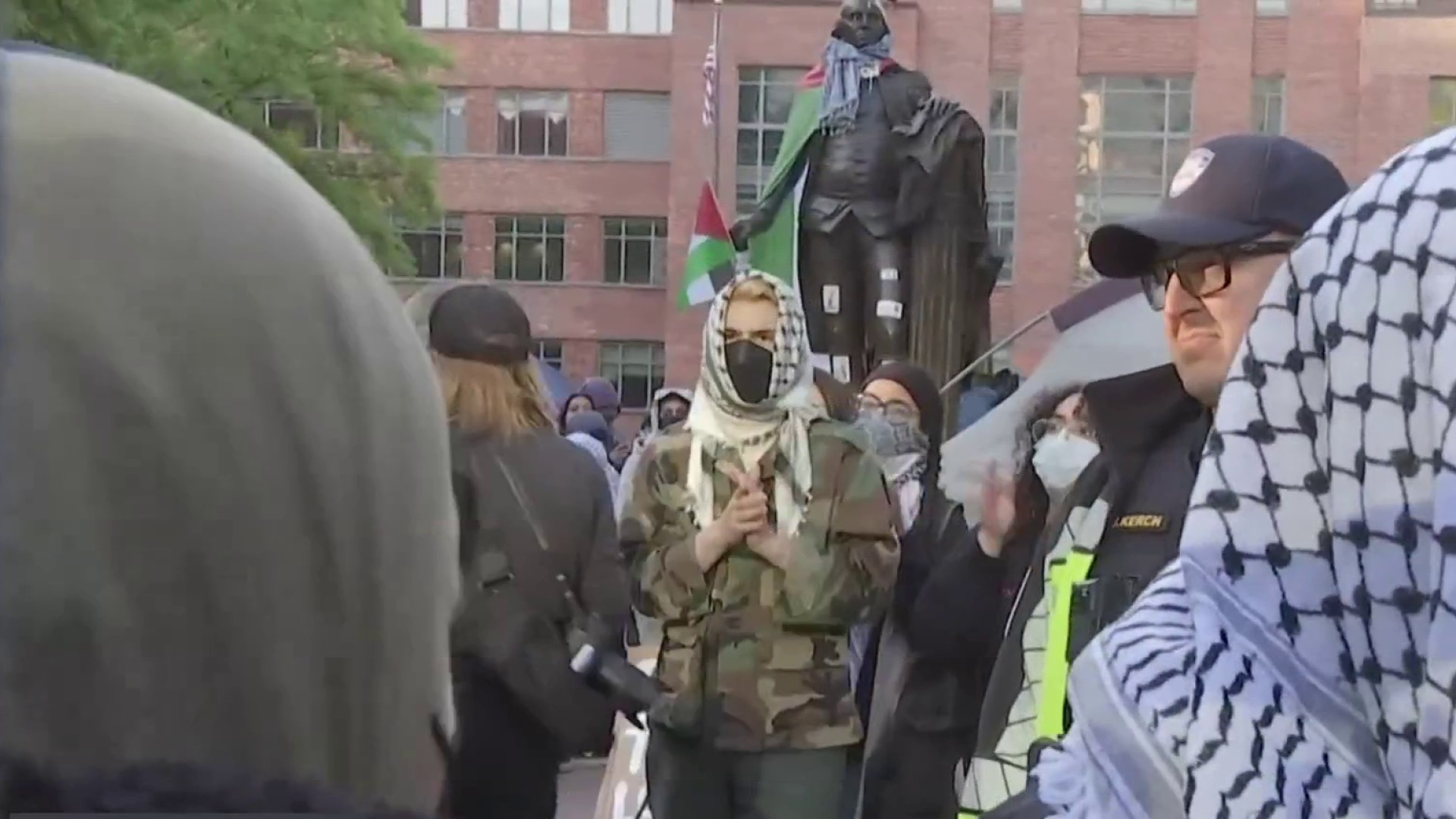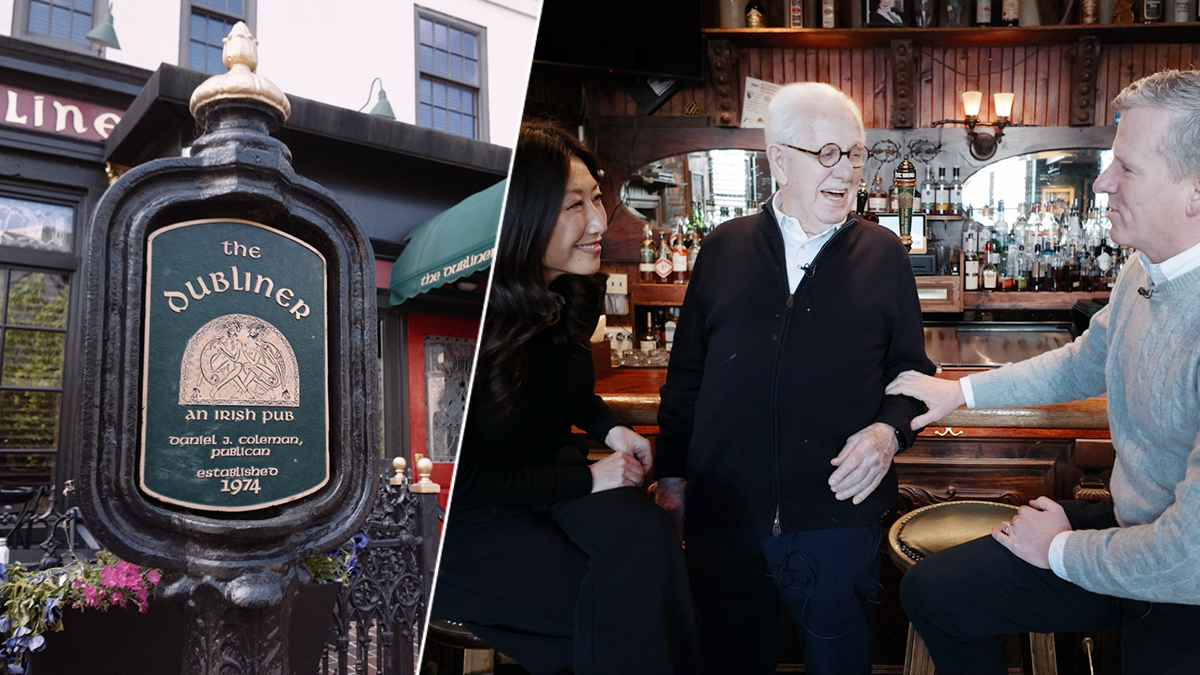George Mason University is launching a first-of-its-kind lab where forensic science students will learn how to search for and uncover grisly evidence in murder cases.
At a new five-acre research center at GMU’s Manassas campus, students will learn and practice how to find and recover human remains.
“We might have someone that's buried under the ground, we might have someone that's partially underwater, we may have someone that's underground with cement, so the scenarios will be based on real-life cases," said Mary Ellen O’Toole of the GMU Forensic Science Department.
Before leading the department, O'Toole spent almost three decades with the FBI working to capture and interview in some of the most notorious criminal cases, including the Green River Killer, the disappearance of Natalee Holloway and the Unabomber.
We're making it easier for you to find stories that matter with our new newsletter — The 4Front. Sign up here and get news that is important for you to your inbox.
“Many of those cases involved outdoor crime scenes, so the value of something like this is really emphasized for me," O’Toole said.
GMU will use real human bones from donors to recreate actual crime scenes for students like Samantha Hadley.
“Can I handle that scene? Can I look at the photo and be like, ‘Yeah, I can do that,’” she said. “And being here, seeing these donors and how they're presented, that kind of answers that question in a way that's not been answered before for a student."
Local
Washington, D.C., Maryland and Virginia local news, events and information
Once remains are discovered, crime scene investigators must measure and document the scene.
When Fairfax County police recently discovered the remains of a missing Lorton woman, they used a 3D infrared imaging device to do it. Now students have one of their own.
The new crime scene research center will begin using the new crime scene technology in the next semester.



